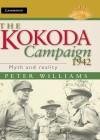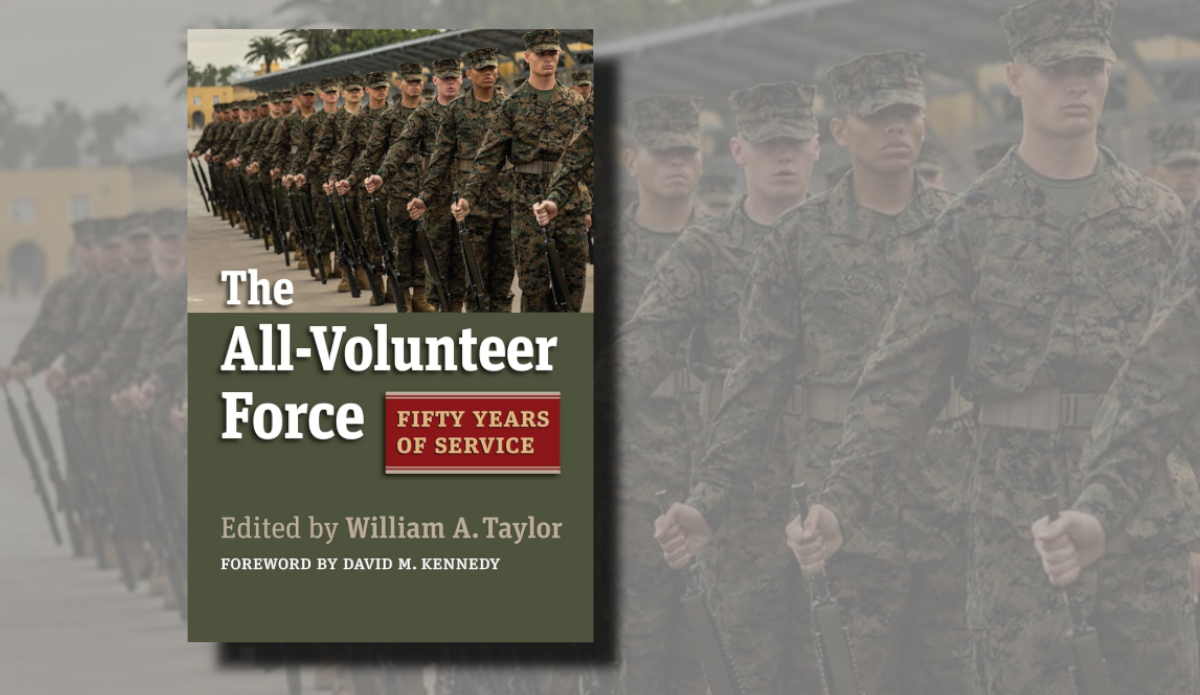Book Review - The Kokoda Campaign 1942: Myth and Reality, Cambridge
The Kokoda Campaign 1942: Myth and Reality
Written by: Peter Williams,
Cambridge, Melbourne, 2012,
ISBN: 9781107015944, 304 pp
Reviewed by: Lieutenant Colonel Gavin Keating, SO1 Amphibious Development, Deployable Joint Force Headquarters
Mythology plays an important role in the way that societies frame their histories and this is particularly true for the profession of arms. Australia’s military history offers numerous examples of this phenomenon — Breaker Morant, the landings at Gallipoli, the Rats of Tobruk and the Battle of Long Tan have all been mythologised to varying degrees. This process can play a useful part in developing national pride. However, as Redgum’s popular song I Was Only Nineteen puts it, ‘the Anzac legends didn’t mention mud and blood and tears.’
Peter Williams’ The Kokoda Campaign 1942: Myth and Reality seeks to tackle one of Australia’s most mythologised military events. He focuses on the period between July 1942, when the Japanese first landed in Papua, and November when they were comprehensively defeated at Oivi-Gorari. The book’s central thesis holds that the constant retelling of the story of the campaign has distorted its realities in a way that makes it very difficult to accurately understand the campaign itself. Williams assesses that the core of the Kokoda myth lies in the belief that it was ‘the large Japanese numerical superiority that enabled them to advance as far as they did towards Port Moresby.’ In his view, the unquestioning acceptance of this belief has served to conceal other reasons for the series of defeats suffered by the Australians during the first stages of fighting. Moreover, it has served to support other myths, such as that the Australians inflicted high casualties on their advancing enemies, which have only further confused the historical record.
While many Australian historians are now using Japanese sources to cover this campaign, Williams has made a particular effort to exploit these sources. As he notes in his introduction, ‘if we try to explain an historical event involving two belligerents using sources from only one of them, then we should hardly expect to get it right.’ He makes extensive use of the records of the Japanese units comprising the Nankai Shitai (South Seas Detachment), particularly manning and casualty reports. These allow him to demonstrate that the Australian forces on the Kokoda Track were never outnumbered to the extent that they believed, or which later became accepted as fact. During the opening skirmishes they were outnumbered by one and a half to one and, at the first major battle, at Isurava in late August, the numbers were even. At their last major defeat, at Ioribaiwa in mid-September, the Australians withdrew from a strong defensive position despite outnumbering the Japanese almost two to one. Thereafter, when the Australians went on the offensive, they maintained numerical superiority for the remainder of the campaign.
Much of the book attempts to explain the real reasons for the Nankai Shitai’s successes during the first half of the campaign. In doing so Williams tackles a number of the related myths surrounding the fighting. The Japanese were actually well informed on conditions on the Kokoda Track thanks to a comprehensive intelligence collection program which had begun in the 1930s. They supplemented their own reconnaissance with information provided by German sympathisers living in New Guinea and open source material purchased in Australia. Many popular accounts of the campaign highlight the supply problems encountered by the Japanese as a major factor in their final defeat. The Japanese supply system, while austere by Western standards, was actually well organised and optimised to suit light forces operating in difficult terrain. There was a supply crisis during the campaign, but it lasted for less than six weeks, was caused by massive flooding in September, and impacted on only a small part of the total Japanese force, albeit with significant consequences. Similarly, the Japanese medical system proved effective and illness had more of an impact on the Australians, at least until December, when the Japanese had been pushed back to the Buna-Gona beachheads. Williams credits the Japanese superiority in firepower as a significant contributor to their successes. They had considerable experience in employing mountain artillery and used their 37mm, 70mm and 75mm guns to consistently outmatch the Australians, whose light mortars and machine-guns were inferior in range and firepower.
Perhaps the most valuable contribution made by this book is to place the campaign within its wider strategic context. The single most important factor that influenced the Japanese conduct of the Kokoda campaign was the US invasion of Guadalcanal in August 1942. Within days of this development Major General Horii Tomitaro, commander of the Nankai Shitai, was ordered to maintain the bulk of his forces north of the Owen Stanley Range and delay his advance on Port Moresby. The four infantry battalions that continued to advance south from Isurava were only ever intended to secure a favourable position on the southern side of mountains in preparation for the moment Horii was released to resume the offensive. The diversion of large numbers of Japanese troops to reinforce the ultimately futile defence of Guadalcanal meant that this never eventuated. Williams concludes that it is more accurate to argue that it was the US Marines at Guadalcanal who were most important in Port Moresby’s salvation rather than the Australians fighting along the Kokoda Track.
Early in the book the author asks whether it was the qualitative superiority of the Japanese which accounted for their early successes. His detailed examination of the fighting provides examples of tactical flair and ineptitude on both sides. While the Japanese generally outmanoeuvred their opponents during their initial advance, they fell far short of being ‘super jungle soldiers’. On at least two occasions entire Japanese battalions became badly lost trying to outflank the Australians; during the first major battle along the Kokoda Track this enabled the defenders to escape what would otherwise have been a severe defeat. It was not until the victory at Oivi-Gorari that clear evidence of the Australians achieving a qualitative superiority over their enemy emerged. By this time most of the Australians involved in the early fighting had been replaced with fresh troops.
Military mythology may well play an important role in the way societies think about their wartime histories. However, by obscuring some of the less glorious truths about war, it can act as a double-edged sword. Distorted history does little to assist today’s military professionals to study the past as they prepare themselves for future conflicts. The Kokoda Campaign 1942: Myth and Reality provides a more accurate and nuanced understanding of a campaign that has a great deal to teach those willing to look beyond popular misconception and understand what really occurred during those difficult days.




